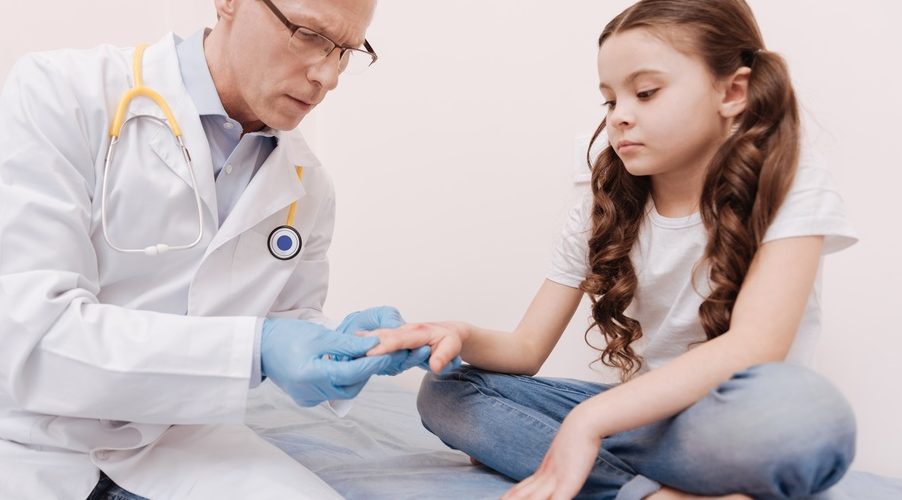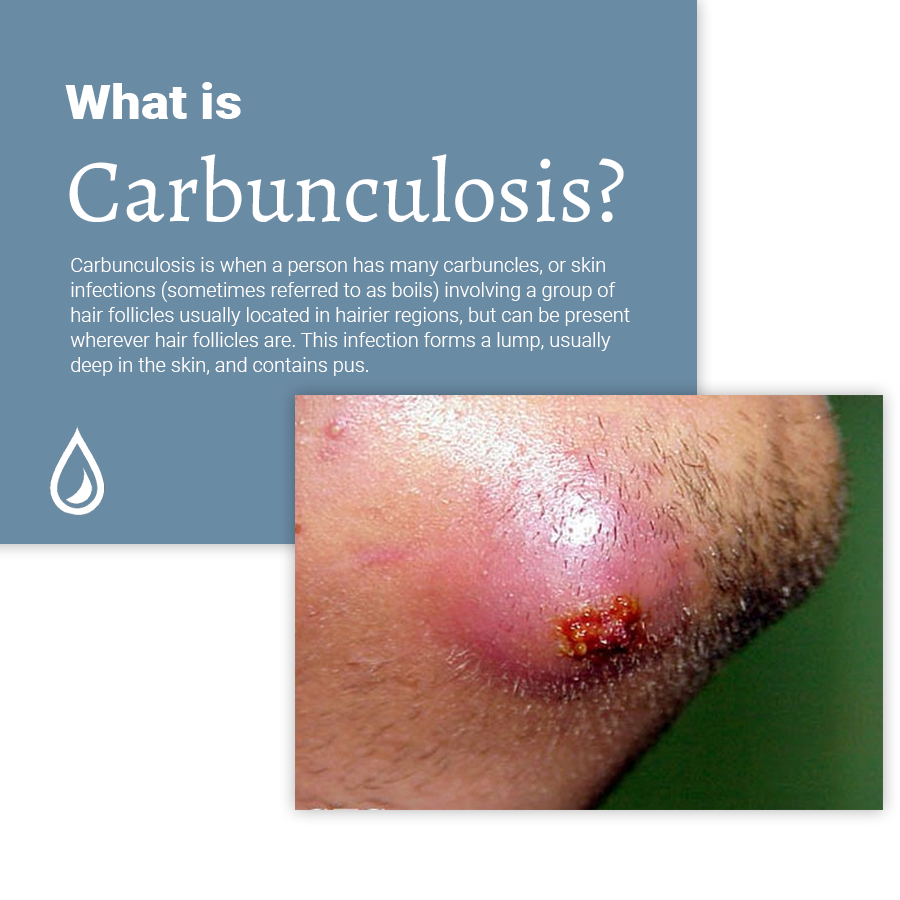
ZWIVEL — “The fancy word for a boil is a furuncle,” says Bobby Buka, MD, founder of Bobby Buka MD Dermatology and contributing founder and chief science officer of the First Aid Beauty skincare line.
Having a good understanding of the causes and risk factors of Carbunculosis can help you make an informed decision when it comes time to treat your infection. You can read the full article here, otherwise, let’s get into some details.
Carbunculosis is when a person has many carbuncles, or skin infections (sometimes referred to as boils) involving a group of hair follicles usually located in hairier regions, but can be present wherever hair follicles are. This infection forms a lump, usually deep in the skin, and contains pus.
It’s often uncomfortable, sometimes painful, and irritating to the person it’s affecting.

Most carbuncles are caused by Staphylococcus aureus bacteria. This bacteria usually inhabits the skin’s surface, throat, and nasal passages.
When this bacteria enters the skin through a hair follicle, cut, or puncture, it can cause an infection deep in the skin that can cluster, forming carbunculosis.
You can expect these skin infections to begin as red, painful bumps deep in the skin. These may be tender to the touch and can even form a white head as the infection deepens.
If left untreated, these carbuncles can rupture, causing a creamy white or pink fluid to seep out of an opening.
Here are a few main symptoms to look for:
Thankfully, carbunculosis can be treated. If you’ve been experiencing the above symptoms for more than a few days, seek treatment from a dermatologist.
In order to treat these, your doctor may cut and drain the problem area, ensuring it has been completely cleared before cleaning with a sterile solution meant to avoid them returning.
Antibiotics may be prescribed in serious cases in order to aid in getting rid of the infection.
Most often, carbuncles heal within two to three weeks after treatment and depending on the severity.
If you think you may have carbunculosis, make sure to book an appointment with a dermatologist!